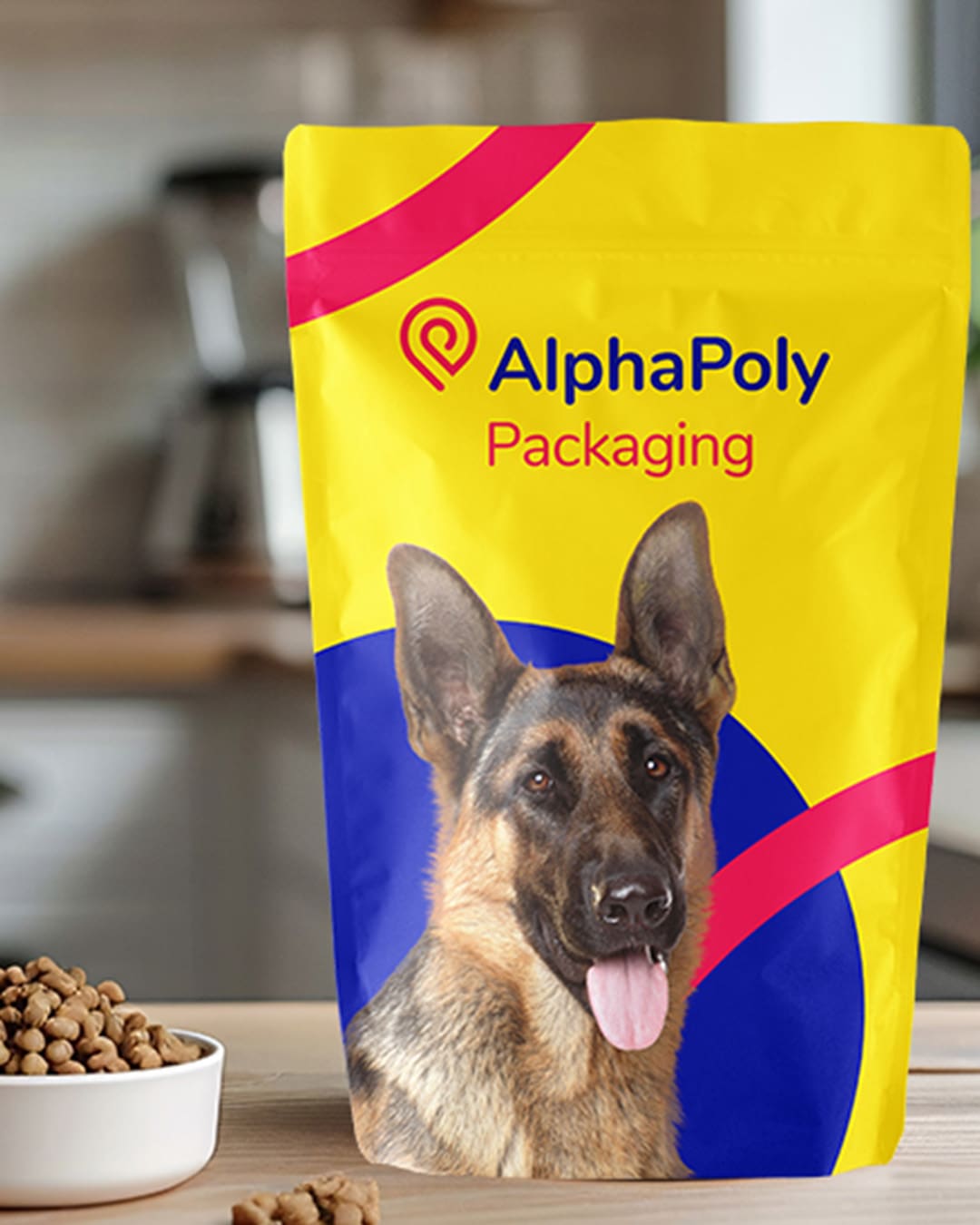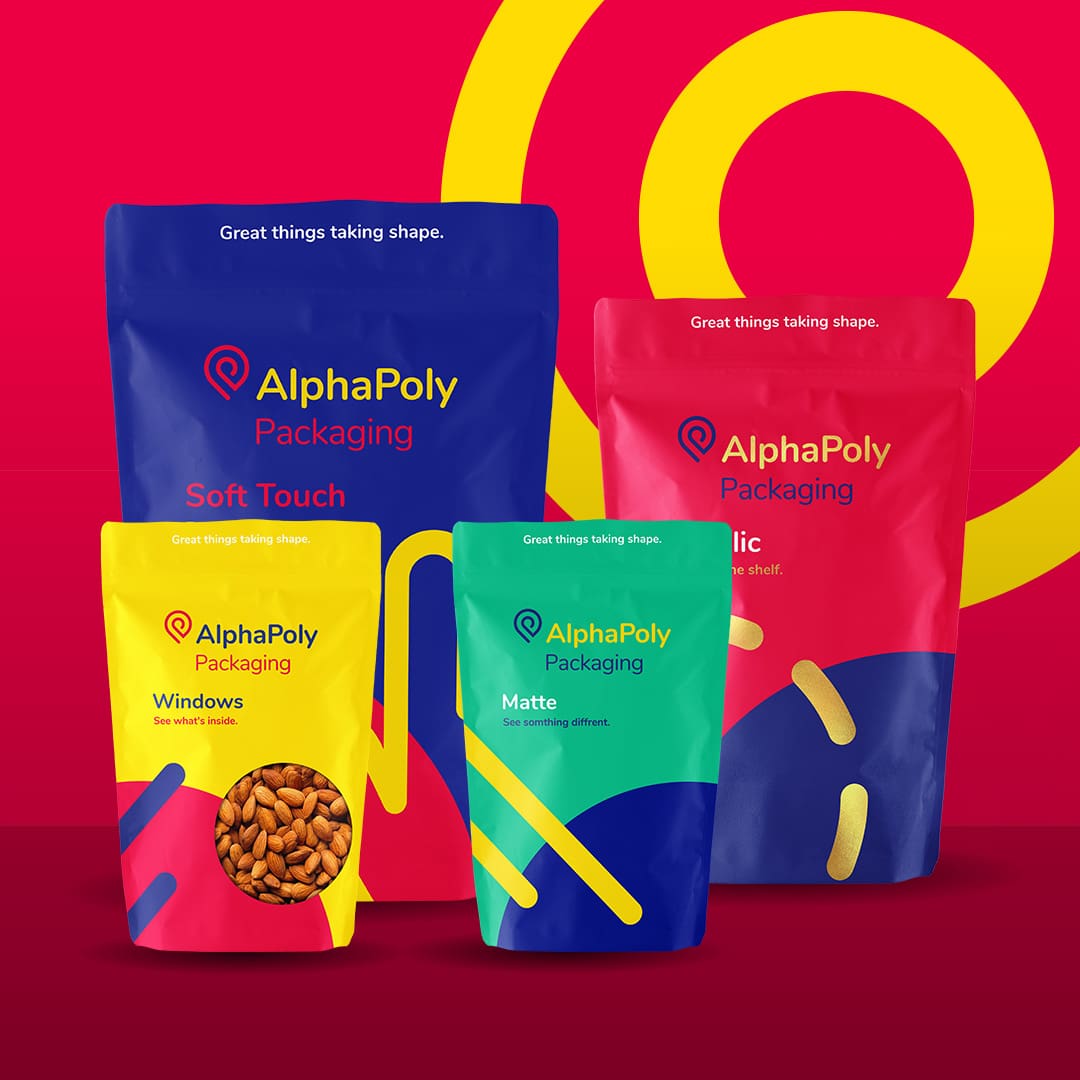“You can’t judge a book by its cover” is a nice sentiment in theory. It’s a boldfaced lie in practice.
We judge proverbial books by their proverbial covers all the time — it’s the key psychological concept behind branding. Sustainable packaging has become an important example of that cover; one survey found that 80 percent of shoppers felt it was “important or extremely important” for companies to design environmentally conscious products, and since packaging is the first thing they’ll see (and judge), doing something green there is a good place to start if you can.
But the issue that remains for most marketing people is this: Will sustainable packaging look and feel the same or better and deliver the same or better results?
It may seem like a heartless or tone deaf inquiry, but when you consider that more than one in five people would actively choose brands if they made their sustainability credentials clearer on their packaging, it’s a fair question and one worth examining.
The good news for marketers everywhere is that branding sustainable packaging will showcase your brand as well as branding non-sustainable product packaging. And in some cases, it does a better job.
Sustainable packaging can be eye-catching
If you see nondescript, speckled brown paper when you think of sustainable packaging, you can stop right there. Sustainable product packaging technology has given package designers the same creative freedom they’d have with non-sustainable product packaging, and some of the world’s most popular brands have taken full advantage. Nike, P&G, Coca-Cola and Nestlé have all doubled down on sustainable packaging.
Sustainable packaging can be a brand marketer’s secret weapon
Earlier in this piece, we referenced the study finding that more than 20 percent of people would actively choose brands that demonstrate their commitment to sustainability on their packaging. That number is even more important when you consider that only 16.6 percent of the packaged goods market is represented by sustainable products and the percentage of people willing to pay more for sustainable products is growing: from under half in 2011 to almost 60 percent in 2018. With sustainable product packaging and a conspicuous callout to highlight it, you’ll be giving consumers a very compelling reason to choose you before you say a thing about your product or how it’ll make your consumer’s life better.
Sustainable packaging frees up more marketing dollars
First and foremost is the reduction of packaging material, which, depending on how you’re packaging your products now, could represent significant savings. Second is the lower disposal costs associated with sustainable product packaging. And thirdly is the cost of shipping: with less physical packaging and lighter materials, you’ll pay less in weight charges and squeeze in more pieces per shipment.
Let’s say you saved 15 percent in all three areas. Add that up and tack it onto your marketing budget. What else could you be doing if you had that money to work with?
Sustainable packaging could put your brand in premium marketing positions
Mega retailers like Target and Walmart are enforcing their own sustainable product packaging requirements, and some are even elevating brands that comply with gusto. Don’t forget that they decide who gets eye-level visibility on the shelves, and that they themselves want to be seen as companies that support sustainability. Going with sustainable packaging could save you months of negotiating with your retailers, paying more in slotting fees and trying to outbid your competitors for sweet spots.
Sustainable packaging gives you a social media mission
A social media mission is a general topic you can credibly explore through content. “Credibly” is the operative word here because that’s what effective social media is all about: if you don’t walk the walk, trying to talk the talk will put you in the Twitterverse’s bad books, and they’re merciless.
A bet on sustainable product packaging (one that you’ll 100 percent win in the long run) gives you the legitimacy to weigh in on all things sustainability. And you can take it any direction you want because you’re actually putting your money where your mouth is.
Sustainable packaging examples
A major upside of the influx in commitments to sustainable packaging is the creativity in the space. We’ve seen some incredible innovation, and we’ve been fortunate enough to contribute a few ideas:
Recyclable stand-up pouches
The stand-up pouch is a relatively new invention designed to replace glass jars and ease shipping costs. They were remarkably effective on both counts, but the trim made them non-recyclable for a long time. That’s not a problem anymore.
Compostable wrapping film
Our client used it to wrap cutlery for hospitals, but they’d be equally effective in your warehouses, on your transports and as a part of our commitment to sustainability through the supply chain.
Visit our website to see our sustainable packaging options, read about why now’s the best time to go sustainable with your packaging, review the business benefits of sustainable packaging and start thinking about your sustainable packaging strategy.





